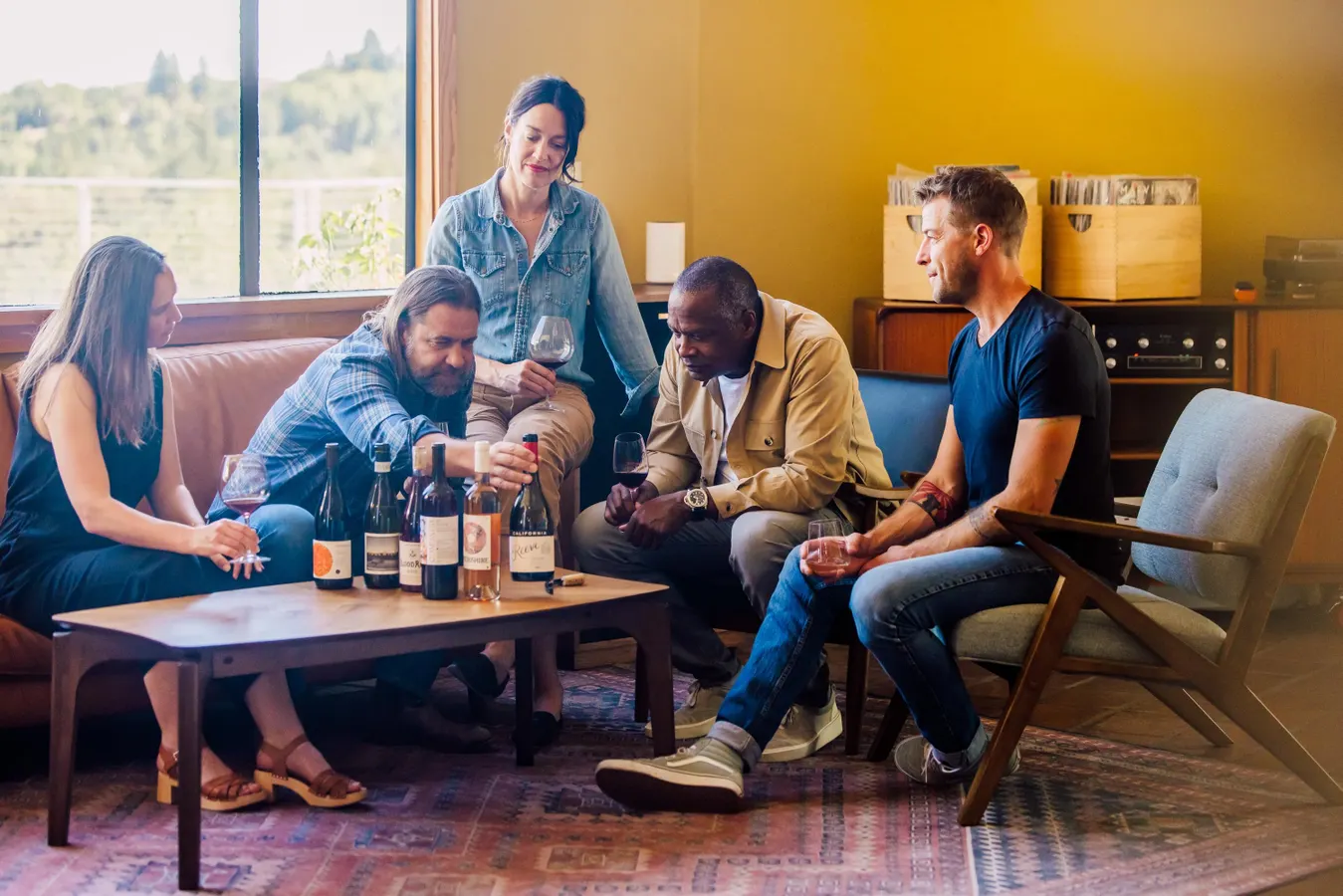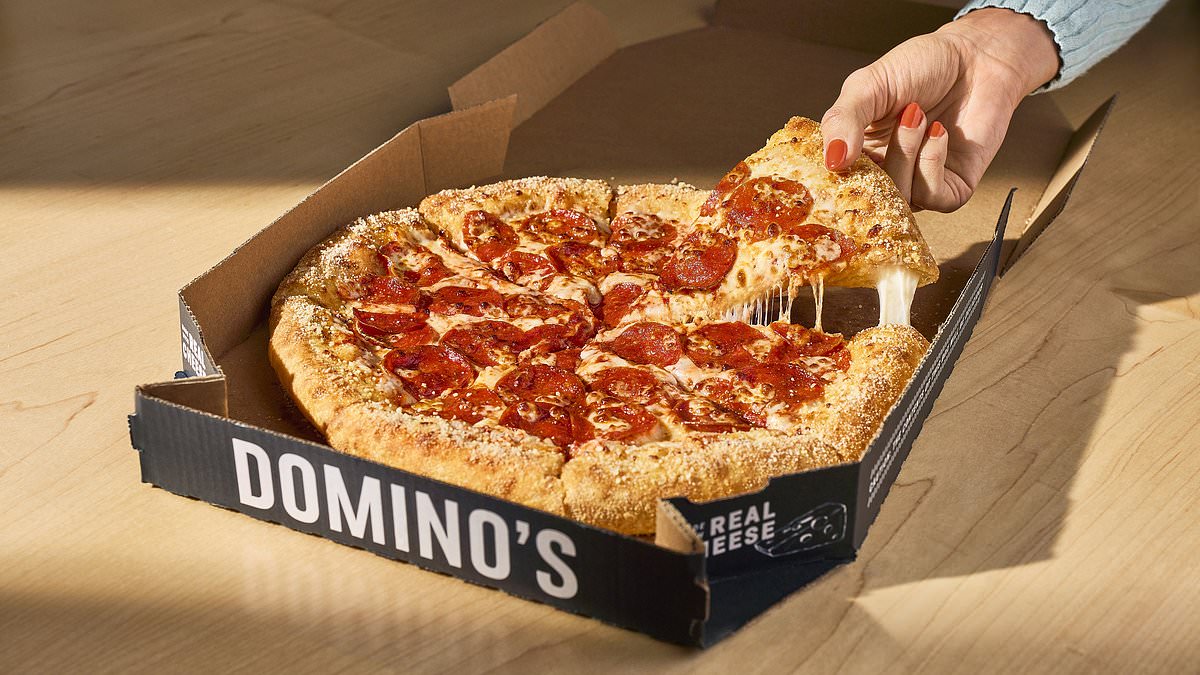By Bryan Meltz,Contributor,Devin Parr
Copyright forbes

In this group project, everyone pulls their weight. (L to R) Martha Stouman, Noah Dorrance, Kelly Dorrance, David Drummond, and Sam Bilbro together have formed a new cooperative wine model in California.
Photograph by Bryan Meltz
When six boutique California wineries decided to pool resources without surrendering creative control, they weren’t following a playbook—they were basically scribbling their own rules on the back of a bar napkin. The Overshine Collective, which unites small but mighty producers like Martha Stoumen Wines, Idlewild Wines, Reeve Wines, BloodRoot and Comunità Wines under founder David Drummond’s vision, represents a radical rethink of how independent wineries can thrive in an industry increasingly dominated by consolidation. And the wine world is taking notice.
“The idea of the Collective wasn’t specifically thought up around responding to a problem, but more proactively came from seeing the benefits of working together, gaining from our various experiences and areas of expertise, and gaining the strength of a more diverse grouping of brands and people,” explains the Overshine Collective team in—perhaps fittingly—a collective email.
The cooperative model is nothing new, of course. Traditional European cooperatives have been coming together for generations.
But this is 2025 California, not post-feudal Italy. “Cooperatives weren’t born of marketing meetings or portfolio strategy—they were born out of necessity,” explains wine educator and Master Sommelier Evan Goldstein in an email. The Overshine model flips this narrative. Where European cooperatives emerged from farmers with limited options, the California collective represents established, successful producers choosing collaboration over independence.
This difference is crucial. Traditional cooperatives mostly centralize production to achieve consistency across small plots. The Overshine model centralizes business operations while preserving each brand’s unique identity and winemaking philosophy. The result is less medieval serfdom and more Silicon Valley startup garage.
The Independence Paradox
The Overshine Collective also tackles the ultimate wine industry midlife crisis: how do you grow up without selling out? “As brands grow, very quickly the founders are pulled further away from the thing they initially aimed to do—make wine and connect with customers,” the Overshine team observes. “The goal is that the Collective model allows us to get back to those roots while centralizing business operations.”
Each member of Overshine maintains complete autonomy over their wines. Martha Stoumen continues her patient, hands-off approach to Mediterranean varieties. Sam Bilbro of Idlewild focuses on Italian grapes in Northern California terroir. The Dorrances of Reeve craft elegant cool-climate wines while their BloodRoot label pursues accessible quality and champions experimentation with offbeat grapes.
“Each brand is still led by its original founder,” the team writes. “We come together to aid each other in our growth and directions, but as long as the pivot or ideas make financial sense within budgets, then the brand leaders have final say.”
Shared Resources, Individual Vision
Although now part of a group, Overshine Wine Collective wines represent each member winery’s unique vision.
Photograph by Bryan Meltz
The model pools resources that would be prohibitively expensive or challenging at scale for individual producers, like advanced equipment, marketing expertise and distribution networks. This does echo traditional cooperatives’ core strength. But where traditional cooperatives enforce uniform practices, Overshine celebrates diversity. “Some of the brands are more CA heritage and some are more disruptive, and that diversity always creates better systems,” the team says. The financial benefits are clear. “The goal is that this model allows us all to bolster the brands and resources, which will protect their availability and pricing over time,” they explain.
Of course, more moving parts mean more ways the wheels could fall off. This isn’t a kumbaya drum circle; it’s still a business with different egos and spreadsheets, after all. “Anytime a system gets more complicated, it is a gamble,” the Overshine team admits. “This is now a multi-location brand with a broad team. This is equally a benefit but also a risk. But, we have confidence in our abilities to work together to ensure that this is a smart gamble that leads to benefit.”
The key safeguard lies in philosophical alignment. “Most winery groups tend to strip teams and founders and consolidate to create scale,” the team say. “That is a core value difference from this model where we all build the future together.”
A Model for Wine’s Future?
Success for Overshine extends beyond financial metrics. “Cultural success would be that more people, especially those often overlooked by the wine industry, feel welcomed and like a part of these brands,” the team envisions. “Success from a wine perspective would be that through our shared resources we have been able to continue to push the limits of quality even further than we did before coming together.”
Traditional cooperatives have continued to evolve too. Modern European examples invest heavily in sustainable practices, precision agriculture and climate adaptation—lessons the Overshine model can incorporate.
“Fast-forward to today and these co-ops have matured into high-performance collectives, combining the intimacy of multigenerational family farming with the technological muscle of a modern wine estate,” says Goldstein of European cooperatives. The Overshine model tests whether these benefits can translate to small, established brands seeking sustainable growth.
“It would be amazing if this were a model that worked for others,” the Overshine Team says. “But we are really just doing this because we see it working for us and what makes sense for our future.”
The Consumer Proposition
So what’s in it for you, the person standing in the wine aisle on a Tuesday night? It means you get founder-driven wines without the founder being chained, rather unromantically, to QuickBooks instead of the vineyard.
The California model’s ultimate test will be whether it can maintain this balance as it potentially expands. “We are realistic that there is a limit to what any of us can do and have the goal that this keeps us focused on what created our individual brands’ magic in the first place,” the Overshine team acknowledges.
In an industry facing climate challenges, consolidation pressures and consumer preferences that seem to shift faster than a wine student can detect aromas of gooseberry, the Overshine Collective represents a third path—one that honors cooperation’s proven track record while adapting to contemporary realities. It’s too soon to say whether this California experiment can match the success of Europe’s century-old cooperatives, but the buzz suggests Overshine is already striking a chord in the industry. What’s clear is that Overshine is showing drinkers something new: that the best group projects might just taste better than going solo.
Editorial StandardsReprints & Permissions



